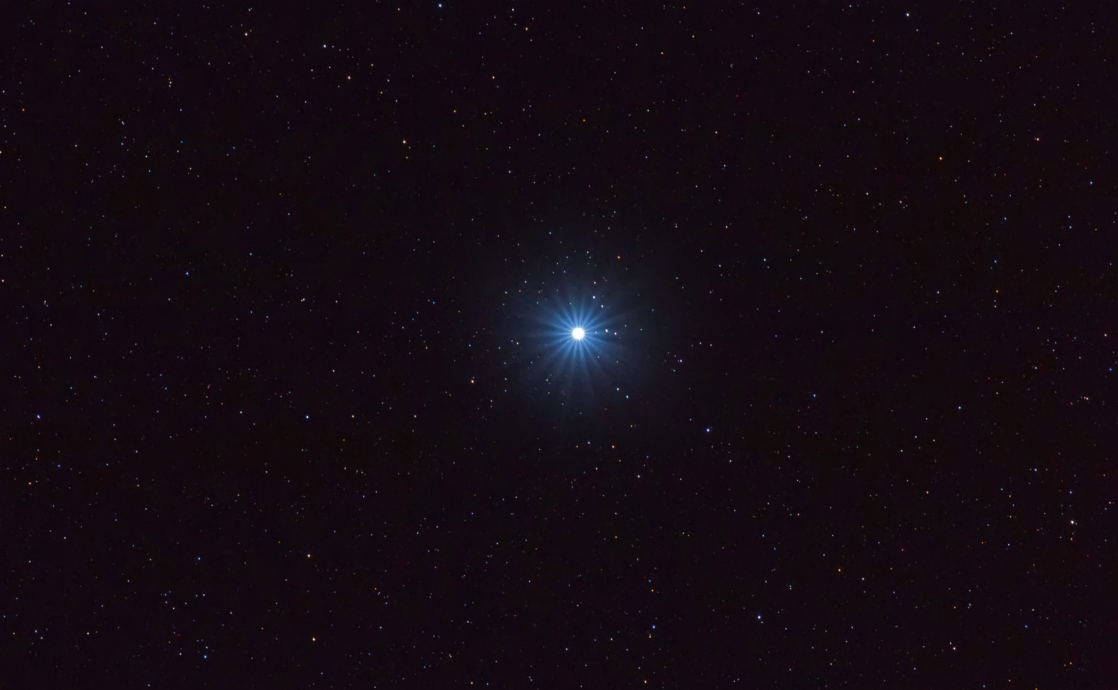The views expressed in our content reflect individual perspectives and do not represent the authoritative views of the Baha'i Faith.
At the dawn of many religions, a celestial sign has seemingly preceded the coming of a new messenger of God – so did a sign in the heavens announce the Baha’i prophets, the Bab and Baha’u’llah?
Baha’is believe that the Bab, meaning “the Gate,” was not simply a herald of the coming of Baha’u’llah, but an independent prophet of God himself. The Baha’i teachings say that these two divine messengers – who Baha’is know as “Twin Manifestations of God” because of their spiritual connection and close historical proximity – mark the end of a major religious cycle, and the beginning of a new one.
The Bab announced his mission in 1844. Baha’u’llah first learned of his mission as a new messenger of God in 1852, and publicly announced it in April of 1863.
In his Book of Certitude Baha’u’llah wrote these two passages, referring to all the prophets and messengers of God to “Mirrors reflecting the divine Essence:”
… when the hour draweth nigh on which the Day-star of the heaven of justice shall be made manifest, and the Ark of divine guidance shall sail upon the sea of glory, a star will appear in the heaven, heralding unto its people the advent of that most great light. In like manner, in the invisible heaven a star shall be made manifest who, unto the peoples of the earth, shall act as a harbinger of the break of that true and exalted Morn. These twofold signs, in the visible and the invisible heaven, have announced the Revelation of each of the Prophets of God …
… it hath become clear and manifest that before the revelation of each of the Mirrors reflecting the divine Essence, the signs heralding their advent must needs be revealed in the visible heaven as well as in the invisible ….
So did a star in the skies signal the arrival of the Bab, and then another foretell Baha’u’llah’s advent? The Baha’i teachings themselves are silent on the matter, but perhaps, since Baha’is believe in the harmony of science and religion, contemporary science can shed some light on the subject.
RELATED: Does the Universe Have a Beginning?

What Was the Star of Bethlehem?
Astronomers have long searched for the bright star, mentioned in the book of Matthew, that the three wise men followed to the birthplace of Jesus, the Christ child.
For centuries, astronomers have suggested that the Star of Bethlehem may have occurred because of a celestial conjunction of bright planets. A note in the Annals of the Abbey of Worcester from 1285 A.D. points out an alignment of Jupiter and Saturn that happened at the time of Jesus’ birth.
In the 17th century, the pioneering astronomer Johannes Kepler himself touched on the idea of an unusually bright planetary conjunction when Jesus was born, and astronomers since then have variously cited the Star of Bethlehem as a conjunction, a comet, or a supernova. In fact, several celestial observers from the period when Christ was born reported contemporaneous accounts of unusually bright stellar objects. Stargazers from Korea and China observed a bright stationary “star” in the skies for 70 days during the year 5 BC, which was most likely a comet; and a super-nova, known as the Hulse-Taylor Pulsar, occurred in 4 BC, confirmed by multiple accounts from China, Korea, and Palestine.
Stellar Parallax, Twin Stars, and New Universal Discoveries
Friedrich Bessel – a 19th century German mathematician, physicist, and astronomer – made advances in our understanding of the refraction of light, and how a star’s position relative to our horizon and Earth’s atmosphere could help determine its distance from us. This scientific breakthrough, called stellar parallax, allowed him to make much more precise measurements of the positions of various stars and the exact distances between them – and allowed scientists everywhere to begin to comprehend the stunning magnitude of our vast, uncharted universe.
In 1844, the year the Bab declared his mission, Bessel discovered a variation in the rotation of a star that humankind already knew well – Sirius, also known as the Dog Star, the brightest star in the night sky. Studying Sirius, just under nine light years away from Earth, Bessel made a discovery that brought new knowledge to humanity. Using a telescope, he observed that Sirius seemed to wobble, and deduced from that evidence that it must have a companion star. The American Museum of Natural History explains: “In 1844, Bessel had a sufficient number of precise observations to announce that Sirius must have an unseen companion.”
RELATED: Is Our Universe Expanding? A Baha’i Look at Einstein’s Theory
The American astronomer Alvan Graham Clark initially observed this companion star, now named Sirius B, in 1862 – creating the first scientific proof that stars could come in pairs and orbit each other. Was this a harbinger of the great announcement of Baha’u’llah when he established the Baha’i Faith in the garden of Ridvan in 1863? Is it just a coincidence that these dates are so important for the Baha’i Faith?
Later, in 1914, astronomers analyzed the spectrum of Sirius B, and found it to be a “white dwarf” – a star, dense with matter, in the final evolutionary stage that stars can attain. The book Cosmic Horizons, edited by Steven Soter and Neil deGrasse Tyson, says:
To be so hot and yet so faint, the companion of Sirius had to be as small as the Earth, but its mass, calculated from Bessel’s astrometry, equaled that of the Sun. Here was a star with the mass of the Sun packed into a volume no larger than the Earth.
What better celestial announcement, that the latest messenger of God, often symbolically referred to as the sun, and prophesied in Muslim writings as the “twin blast of the trumpet,” has come? As Abdu’l-Baha said in Some Answered Questions:
In like manner, when the holy Manifestation of God, Who is the Sun of the world of creation, casts His splendour upon the world of hearts, minds, and spirits, a spiritual springtime is ushered in and a new life is unveiled. The power of the matchless springtide becomes appears and its marvelous gifts are beheld.
So the next time you look up at the night sky, look for Sirius, and recognize its stellar brightness as the combined light of twin stars, just as the bright beacon of the Baha’i teachings shines from two messengers.
















Comments
Sign in or create an account
Continue with Googleor